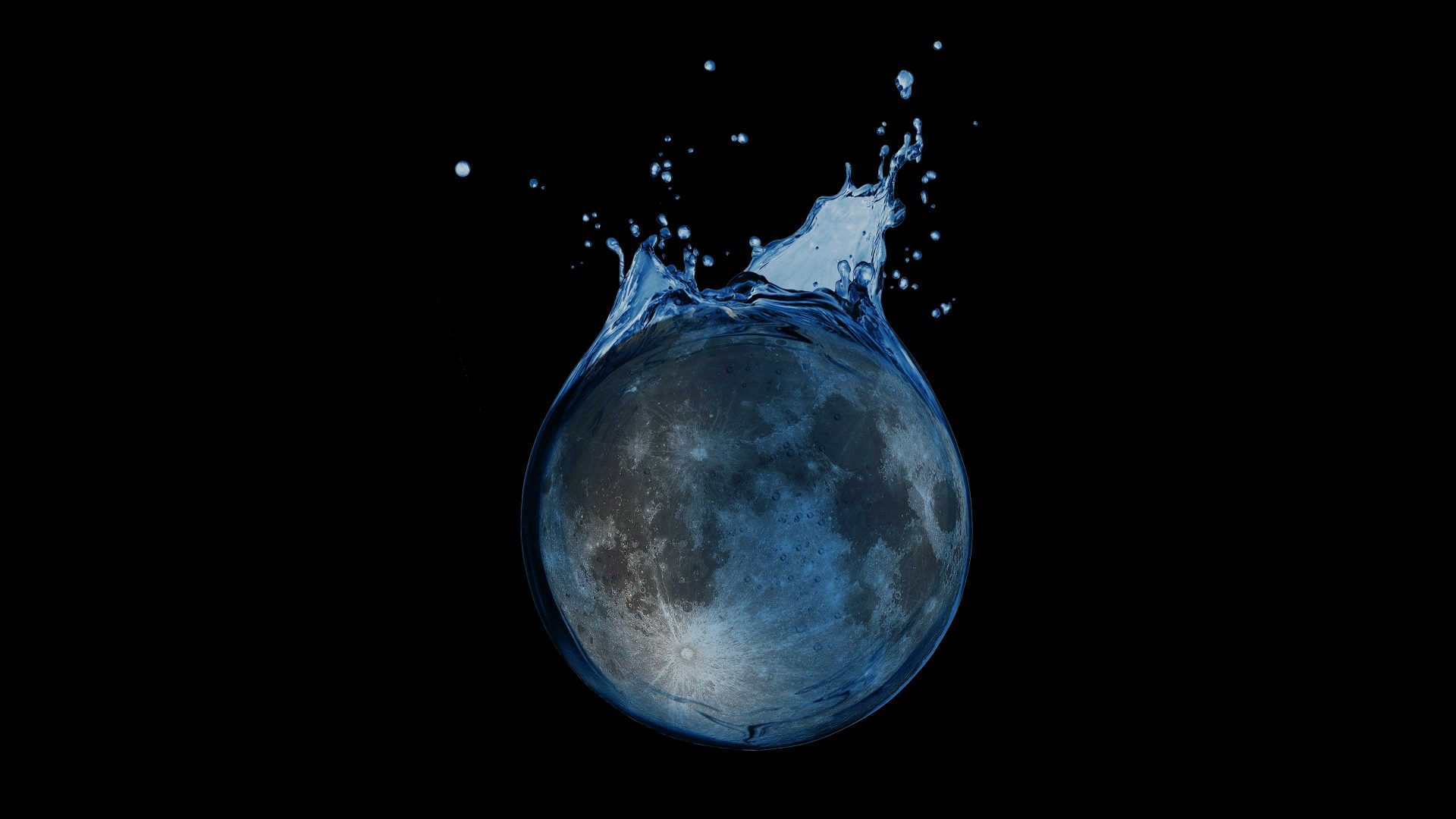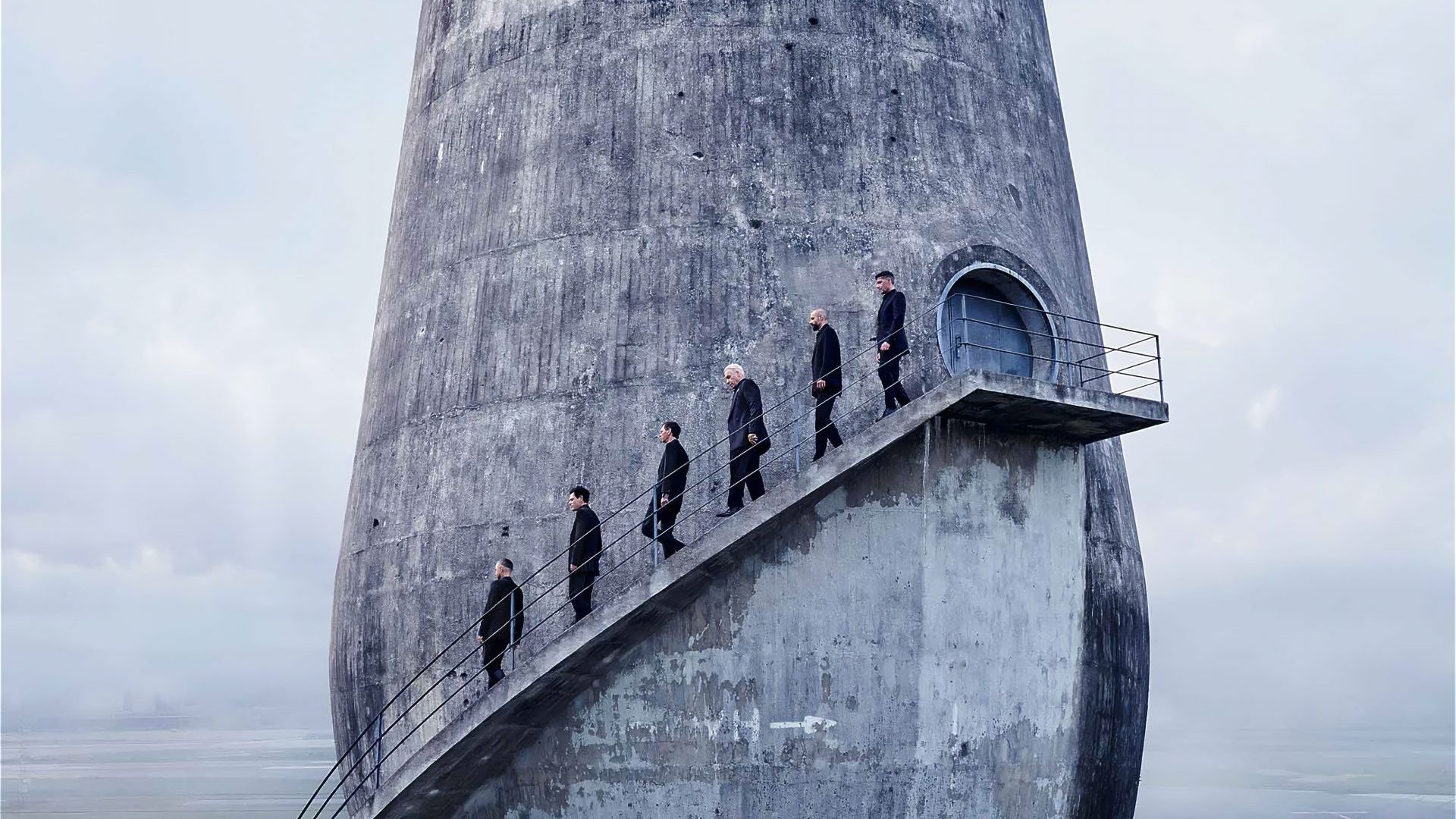“There’s water on the moon!” Variations of that headline have been periodically recycled for the past three decades. The latest were occasioned by the announcement in July that China’s 2020 moon lander mission Chang’e-5 brought back a sample of rock containing around 41% (by weight) of water.
After spending three years analysing those grains of lunar “soil”, Chinese scientists have detected a so-called hydrated mineral in which the water molecules are locked up inside the crystal structure. The sample was collected from the Oceanus Procellarum region of the moon’s northern hemisphere; the moon is covered with such basaltic plains, named long ago as oceans or seas by astronomers who assumed that’s what these dark patches were. We have, after all, been fantasising about water on the moon for ever.
While it might not seem that this locked-away water qualifies the moon as a “wet” place – the mineral looks like archetypal, dry moon dust to the naked eye – much of the excitement about such discoveries stems from the idea that astronauts on a putative lunar base could free – in effect, mine – the water from moon rock to help sustain such a settlement. What’s more, the water could be split by solar-powered electrolysis into hydrogen and oxygen, providing a source of fuel (including rocket fuel) and breathable air. Stories of water on the moon are inextricably linked to the idea of people living there.
The Chang’e-5 findings add to an ongoing tale. In 1996 Nasa’s Clementine spacecraft orbiting the moon tentatively identified deposits of ice in a deep crater of the moon’s south pole. In such permanently shadowed regions, the temperature never rises above around minus 230 degrees, so ice could stay frozen there indefinitely. Two years later, another Nasa mission seemed to confirm those findings, and in 2003 a team of US researchers calculated that enough of the lunar surface is permanently dark to contain around 1bn tonnes of ice.
In 2020, observations made by Nasa’s aeroplane-based observatory SOFIA showed that there is water within the lunar soil, either locked within minerals formed by the impact of tiny, ice-laden meteorites on the surface or frozen between the grains and hidden from sunlight. Given all of this previous work (and more), the Chang’e-5 results aren’t exactly game-changing. But while there are some interesting scientific questions about how water on the moon got there, the almost obsessive quest for it is linked to dreams of a quasi-sustainable lunar colony – something hard to contemplate if all its water has to be shipped from Earth.
A moon base is the goal of the new space race. China’s ambitious Chang’e project – a series of lunar probes named after the Chinese goddess who lived on the Moon – is the precursor to a planned crewed mission in 2030. Ultimately, China hopes to collaborate with the Russian space programme to construct the International Lunar Research Station, a permanent base on the Moon for scientific research. Nasa has similar plans, in the form of the Artemis programme, which hopes to send astronauts to the Moon by 2026 as a precursor to a space station called Lunar Gateway that would orbit the Moon from around 2031.
But Nasa is famously prone to budgetary problems. In July it announced the cancellation of a robotic lunar lander mission called Viper, which has already cost $450m and was intended to map out the ice in the craters of the south pole and then dispatch a rover to drill down into it. “Despite what’s happening with Viper, we are committed to continuing to study the moon and to look for water and ice in all of our future missions,” said Nasa representative Nicola Fox. As it stands, Nasa’s lunar plans will be reliant on the Falcon Heavy reusable launch rocket developed by Elon Musk’s Space X.
There are sound scientific arguments for a crewed lunar base, especially for conducting astronomy from the far side of the moon, where the cold and the freedom from distortions and noise incurred by Earth-based radio telescopes could greatly increase the sensitivity of observing instruments. But the cost will be literally astronomical, and the scientific value shouldn’t become a smokescreen for other agendas. A new moon race will be at least as embroiled in politics as the first one was in the 1960s, to which now are added the tensions of commercial interests (and of agent provocateurs like Musk) and ongoing uncertainties about the legalities and indeed moralities of lunar real-estate wrangles and of prospecting for resources. The availability (or otherwise) of water on the moon will certainly feed into those plans, but it’s a relatively minor factor in how this story will play out.




